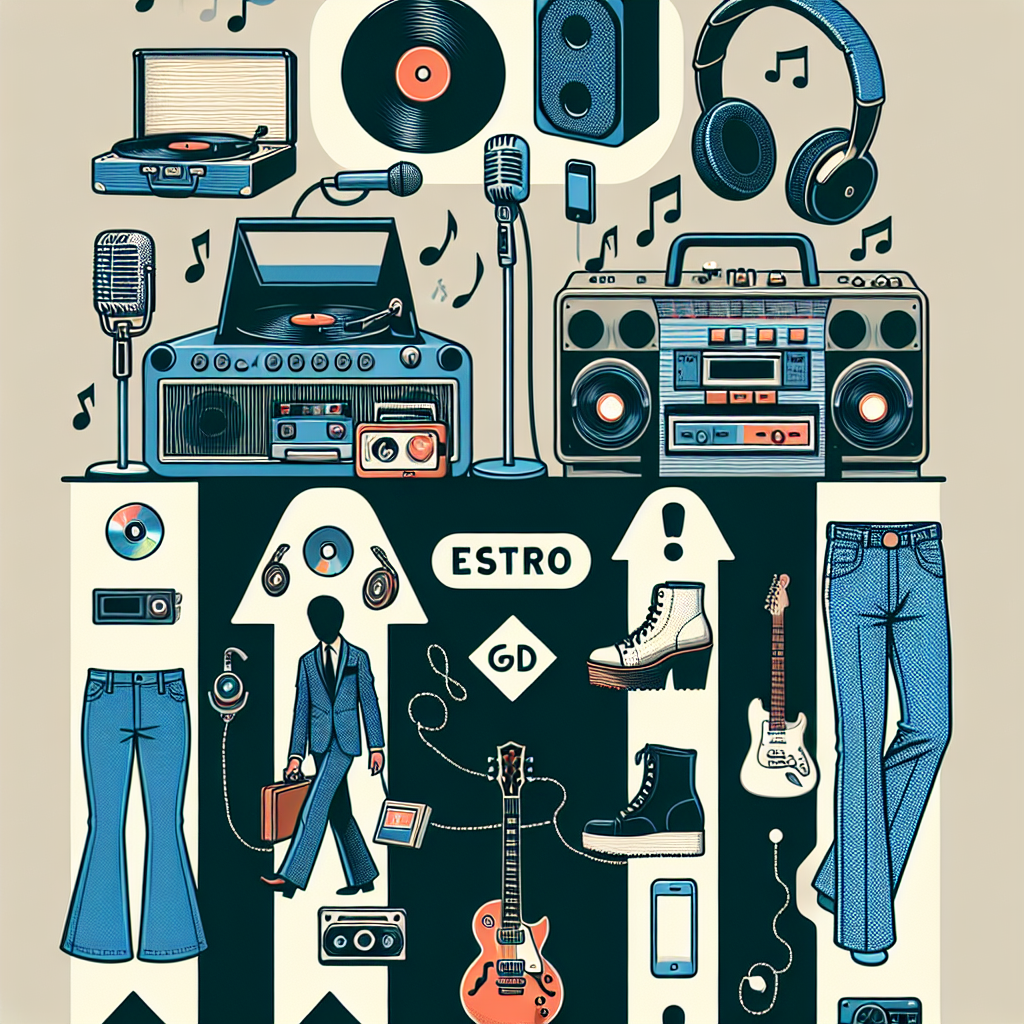
Introduction
Marianne Faithfull’s journey is one woven with threads of glamour, music, heartbreak, and resilience. Emerging from the vibrant cultural milieu of the 1960s, she transformed from a youthful pop sensation into a profound artists whose contributions to music, literature, and the performing arts have been recognized globally. Over the decades, she has crafted a deeply authentic narrative that reflects the ebbs and flows of her life—one that resonates with the themes of love, loss, and renewal.
The Rise of a ‘Sixties Icon’
Marianne Faithfull was born on December 29, 1946, in Hampstead, London, into an artistic family that hinted at the creative precursors of her future. With her striking looks and hauntingly unique voice, she became a poster girl for the ‘Swinging Sixties.’ At just 17, her single "As Tears Go By," co-written by Mick Jagger and Keith Richards, catapulted her to stardom. The song encapsulated the essence of teenage melancholy, establishing her as a prominent figure in the pop music scene.
During this era, she was known not only for her music but also for her high-profile relationships, notably with Jagger. Faithfull’s life was a swirling mix of fame, artistry, and excess—an archetype of the rock ‘n’ roll lifestyle. Yet, her persona was more than just a pretty face; she possessed a lyrical depth that hinted at her literary aspirations and emotional complexities, laying the groundwork for her evolution.
Struggles and Resilience
The late 1960s marked a tumultuous turning point in Faithfull’s life. Despite her early success, she faced personal and professional turmoil exacerbated by her drug use and a tumultuous relationship with Jagger. By the early 1970s, Faithfull had become estranged from mainstream success, struggling with addiction and often finding herself marginalized in a rapidly changing musical landscape.
Yet, it was during these difficult times that Faithfull forged a new identity. Her experiences led her to reconnect with her artistic voice, culminating in the release of "Broken English" in 1979, which received critical acclaim for its raw expression and vulnerability. Faithfull emerged from the ashes of her struggles as an artist unafraid to convey her truths. The album’s title track, “Broken English,” encapsulated her tumultuous journey—its themes of disillusionment and liberation resonating with audiences worldwide.
The Renaissance of Marianne Faithfull
The decades that followed marked a renaissance in Faithfull’s career, as she began to redefine her sound and identity. Throughout the 1980s and 1990s, she collaborated with a variety of artists, including Nick Cave, and contributed to various genres, from rock to folk to pop. Each project demonstrated her versatility and profound musicianship, proving that she could transcend the limitations often imposed on artists of her era.
Her life experiences infused her work with authenticity, a characteristic that set her apart from many of her contemporaries. Albums like "Strange Weather" and "A Secret Life" showcased her deepening maturity as a songwriter and singer. She began to echo the wisdom of someone who had lived and learned from both the joys and sorrows of her journey.
New Decades, New Narratives
As the 21st century unfolded, Faithfull continued to evolve artistically. She embraced the power of theater and literature, co-writing her autobiography "Faithfull" in the 1990s, which revealed a raw and unfiltered narrative of her life. In the years that followed, she released critically lauded albums such as "Before the Poison" (2004) and "Give My Love to London" (2014), reaffirming her position as a relevant, influential figure in contemporary music.
Her collaborations have included modern-day icons like Ed Harcourt, and she has explored various musical styles, drawing from folk, rock, and even experimental sounds. Emotionally charged and intensely personal, her music serves not only as a memoir but also as a testament to the resilience of the human spirit.
Legacy and Continuing Influence
Even today, Marianne Faithfull remains a vital force within the arts. Her voice still captivates audiences, and her story continues to inspire new generations of musicians and artists. Recently, she has taken on roles in film and theater, including her performance in "The Rolling Stones’ Rock and Roll Circus," and even cameos in works reflecting her artistic journey, continuing the legacy of a woman who refuses to be defined solely by her past.
In a world that often idolizes youth, Faithfull’s journey is a profound reminder of the beauty of aging, the power of reinvention, and the importance of storytelling. She embodies the spirit of resilience, proving that creativity knows no timeline, and that art’s best and most compelling forms often emerge from our struggles.
Conclusion
Marianne Faithfull’s evolution from a sixties sensation to a powerful artist reminding us of emotional complexity encapsulates the inspiring connection between art and life. Her journey reflects a unique interplay of triumphs and trials, demonstrating that evolution is not just a passage of time but a deepening of understanding and expression. As she continues to create and perform, Faithfull stands as a testament to the timeless nature of creativity and the soulful paths artists traverse throughout their lives.



